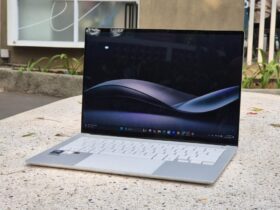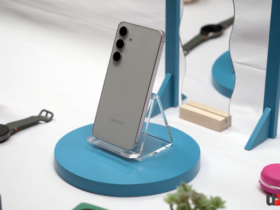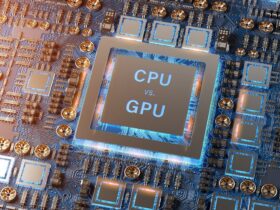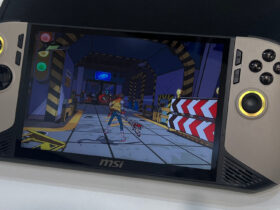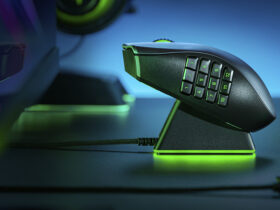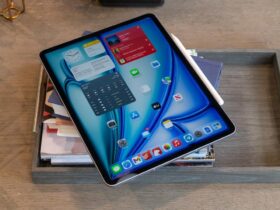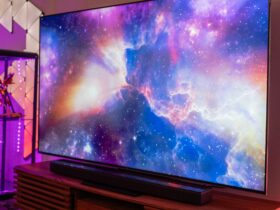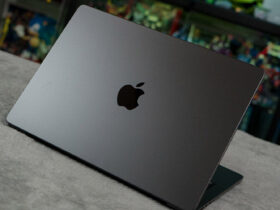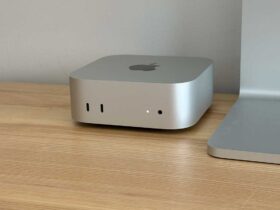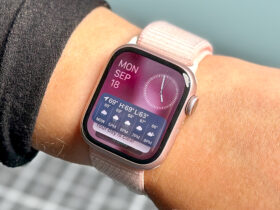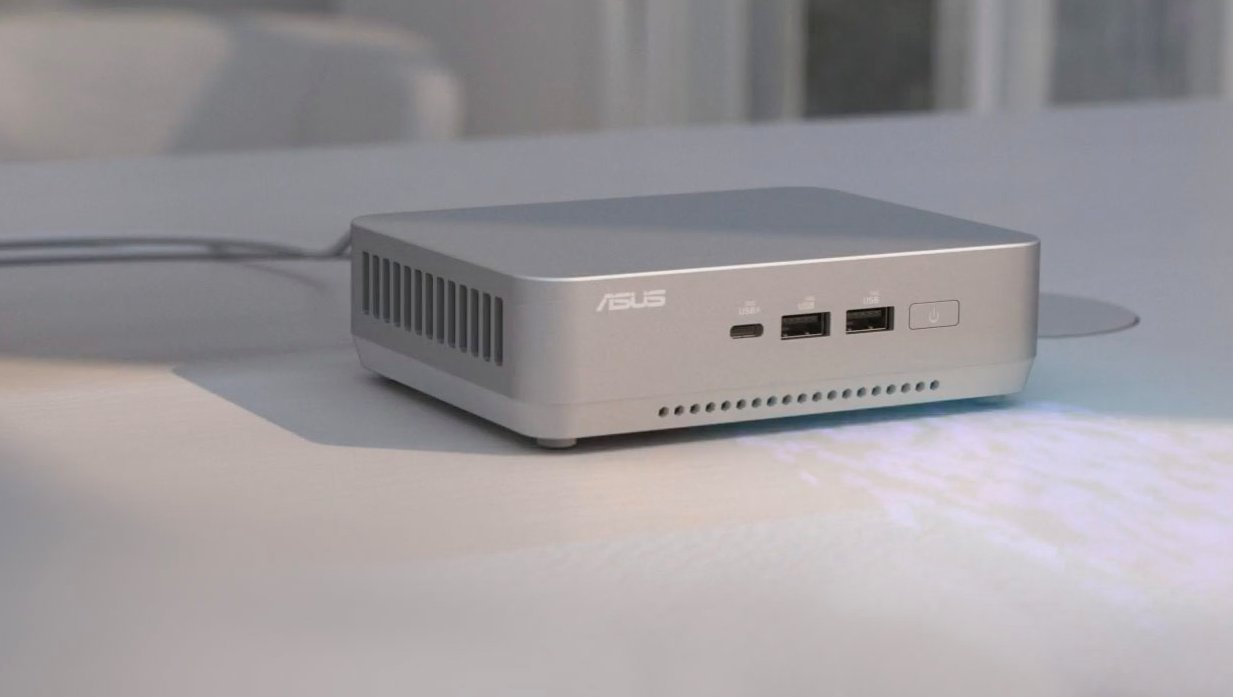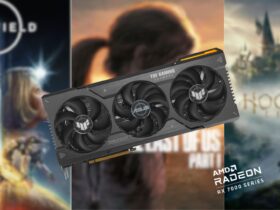Daftar Isi
The evolution from bulky mainframes to sleek mini PCs marks a significant shift in computing. These pint-sized powerhouses are gaining traction for their ability to deliver impressive performance without taking up much space. Whether you’re a professional seeking a space-saving workstation, a gamer craving portability, or a home user looking for an unobtrusive entertainment hub, mini PCs offer a compelling solution.
Efficiency in Compact Size
In today’s fast-paced digital age, the evolution of computing devices continues to astonish, with Mini PCs at the forefront of this technological renaissance. Offering a compelling blend of space efficiency, performance, and versatility, Mini PCs have carved a niche in both personal and professional domains. Their ability to blend seamlessly into any environment, thanks to their compact form factor, is unparalleled. Whether it’s a cramped office space, a cozy dorm room, or a minimalist living room, Mini PCs optimize spatial utilization without sacrificing the capabilities expected of a full-sized desktop.
Mini PC and Their Notable Performance
The misconception that smaller size equates to compromised performance is swiftly dispelled by the modern Mini PC. Equipped with cutting-edge processors, generous amounts of RAM, and rapid storage solutions, these diminutive devices are fully capable of handling intensive multitasking, content creation, and even gaming with ease. This robust performance, coupled with their energy-efficient design, makes Mini PCs an environmentally friendly choice. They consume significantly less power than their traditional desktop counterparts, contributing to energy savings and a reduced carbon footprint, all while maintaining a whisper-quiet operation through innovative fanless designs or highly efficient cooling systems.
Beyond their functional benefits, Mini PCs exhibit remarkable versatility, serving various roles from media centers and home servers to digital signage and specialized kiosks. This adaptability renders them ideal for a plethora of uses, whether for personal enjoyment or professional applications.
Read More: Microsoft Defender vs Third-Party Antivirus: Which Offers Superior Security?
Exploring Mini PC Landscape
In the realm of compact computing, Mini PCs have emerged as a formidable category, offering a remarkable balance of size and power. This surge in popularity can be attributed to several leading brands that have pushed the envelope in terms of performance, design, and value. Each brand brings something unique to the table, catering to a diverse range of needs from the everyday user to the demanding professional.
Solution for Every Use Case
Delving into the Mini PC landscape reveals a diverse ecosystem. Intel’s NUC (Next Unit of Computing) series has been instrumental in pioneering the mini PC market, offering customizable barebones kits that allow users the flexibility to select their RAM, storage, and operating systems. On the other hand, AMD’s foray into the mini PC arena with its Ryzen processors has revitalized the segment, with companies like ASRock, Zotac, and Beelink offering compelling AMD-powered alternatives. For the gaming enthusiasts, the advent of gaming Mini PCs equipped with dedicated GPUs debunk the myth that one needs a massive tower to enjoy modern games at respectable frame rates. Furthermore, Mini PCs have proven to be cost-effective workstations for businesses, facilitating office tasks, video conferencing, and content creation while maintaining a low profile in professional settings.
Apple Mac Mini
Among the standout offerings is the Apple Mac Mini, particularly the models equipped with the M2 processor. Apple’s Mac Mini has long been lauded for its sleek design and robust performance, making it an excellent choice for those already invested in the Apple ecosystem. Its allure lies not just in its compact form but also in its ability to deliver a high-quality computing experience, whether for professional tasks or media consumption, all while maintaining a relatively affordable price point.
Beelink U59
Beelink’s U59 model has carved out a niche for itself among budget-conscious consumers. Offering a variety of RAM configurations, the U59 represents an ideal entry point for first-time mini PC buyers or those looking for a cost-effective computing solution. Its appeal is further enhanced by its solid performance metrics, making it a wise choice for those prioritizing value without sacrificing too much in the way of capabilities.
Geekom AS 6
The Geekom AS 6 might come across as an underdog due to its plastic build and audible fan noise. However, it stands out for its future-proof features, including USB 4.0 support and two Gen 4 2280 M.2 NVMe slots, making it a compelling option for office settings and workstations seeking a blend of speed and expansion potential.
NucBox K1
GMKtec’s NucBox K1 challenges preconceptions about price-performance ratios in the mini PC market. Described as overpowered for its price range, the NucBox K1’s only notable drawback is a CPU bottleneck, which can be mitigated with a RAM upgrade. This tweak transforms it into an unbeatable deal for those looking to maximize their investment.
ASUS’s PN41-S1
ASUS’s PN41-S1 Mini PC strikes a harmonious balance between affordability and performance, positioning itself as an attractive option for general use. Its budget-friendly nature, coupled with reliable performance, makes it a go-to choice for a broad spectrum of users, from students to professionals seeking a compact, efficient computing solution.
HP Z2 Mini G9
Lastly, the HP Z2 Mini G9 PC is tailored for power users and creatives who require top-tier performance for resource-intensive tasks such as video editing. It exemplifies the pinnacle of mini PC design, combining impressive power in a small footprint without compromising on the quality or speed demanded by high-end applications.
These brands and models underscore the versatility and breadth of options available in the mini PC market, catering to a wide array of preferences and requirements. From budget-friendly picks to high-performance powerhouses, the current generation of mini PCs offers something for everyone, heralding a new era of compact, efficient computing solutions.
Conclusion
Looking to the future, the trajectory of Mini PCs is set to soar even higher. With advancements in connectivity, such as increased USB-C ports, Thunderbolt support, and Wi-Fi 6 capabilities, alongside the promise of modularity for easier upgrades, Mini PCs are poised to become even more integral to our computing needs. Moreover, their role in edge computing, which requires processing data closer to its source, highlights the strategic importance of Mini PCs in the broader technology ecosystem.
As technology marches forward, the Mini PC’s blend of efficiency, performance, and adaptability makes it an increasingly attractive choice for consumers and businesses alike. Their evolution is a testament to the innovative spirit driving the tech industry, offering a glimpse into a future where powerful computing can come in small, energy-efficient packages.





